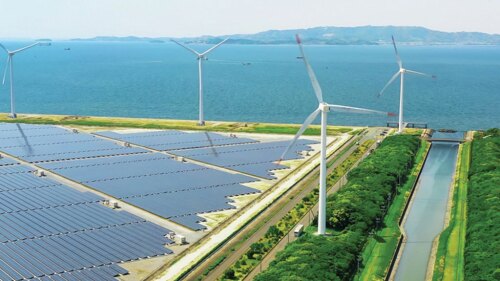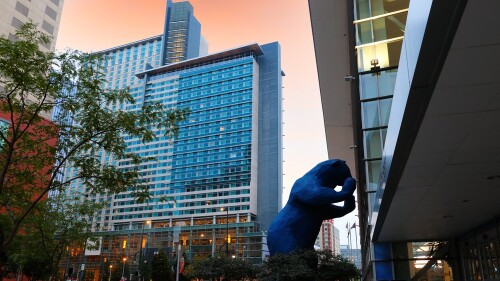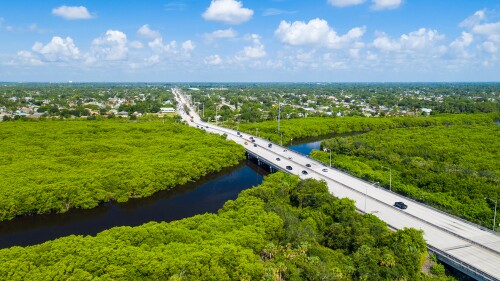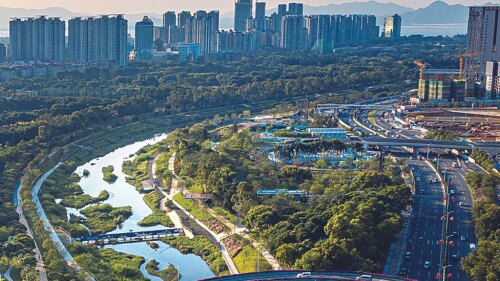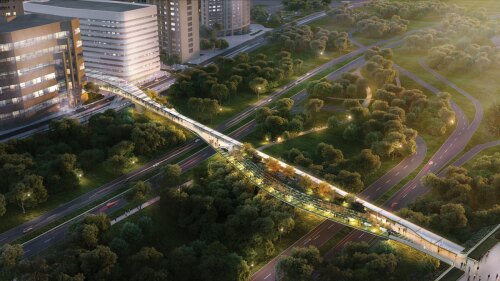Infrastructure
The construction phase is where the vision of a future-proof parking facility truly takes shape, where theoretical plans transform into a tangible, tech-ready structure. This step isn’t merely about pouring concrete and raising steel; it’s a critical juncture for embedding the smart capabilities that will define the modern parking experience and ensure its long-term relevance in an evolving mobility landscape.
The Association for Real Property and Infrastructure (ARPI) has awarded a generous grant of $109,000 to the ULI Foundation to enhance cross-regional knowledge exchange and research related to infrastructure strategies, with a particular focus on collaboration between U.S. and British members. The ULI Randall Lewis Center for Sustainability in Real Estate will administer the grant.
At the Urban Land Institute’s 2025 Spring Meeting in Denver, real estate leaders gathered to share critical lessons learned from the catastrophic wildfires that ravaged Los Angeles in January. The panel, “Rebuilding Resilience: A Conversation with Leaders on Lessons from the Los Angeles Wildfires,” emphasized the importance of swift disaster response and collaborative approaches, as members unveiled the influential Project Recovery: Rebuilding Los Angeles After the January 2025 Wildfires report, which they hope will serve as a blueprint for other cities facing disasters.
“Investors are increasingly looking at airports as lucrative opportunities,” said Steve Forrer, chief investment officer at Aviation Facilities Management Company. “When you position an airport development correctly, it can draw in a wide range of businesses, from tech startups to established global firms,” he said.
Covid-19 may have caused a precipitous decline in convention crowds in 2020, but it did not halt long-range plans to overhaul and expand convention centers in a number of key U.S. cities. Today that foresight is bearing fruit with grand new facilities able to host larger industry and trade gatherings than ever before.
Twenty years ago, India had only 50 airports with regularly scheduled service, according to statistics from the Airports Authority of India. By 2014, the number had grown to 74. By 2023, the number had doubled, to 148. Sometime in the 2030s, it is expected to double again. Even more extraordinary than the number of airports, however, is their architecture.
Las Vegas is betting on significant investment in public transportation to help generate thousands of new real estate developments along major city streets such as Maryland Parkway, one of the city’s most important corridors outside of the Las Vegas Strip.
Federal funding opportunities through the Bipartisan Infrastructure Law (BIL) and Inflation Reduction Act (IRA) are supporting essential investments in green and resilient infrastructure, with the potential to create more livable communities while also supporting successful real estate developments through enhanced aesthetics, improved building user experiences, and operational efficiencies.
The Dasha River Ecological Corridor focuses on the ecological restoration project in the Nanshan district of Shenzhen, China. The project, led by China Resources Land and master planned by AECOM, aims to restore the watercourse that connects the coastal Nanshan district to the northern mountainous area of the city.
What ULI members need to know about the United States’ largest infrastructure investment in a generation.


